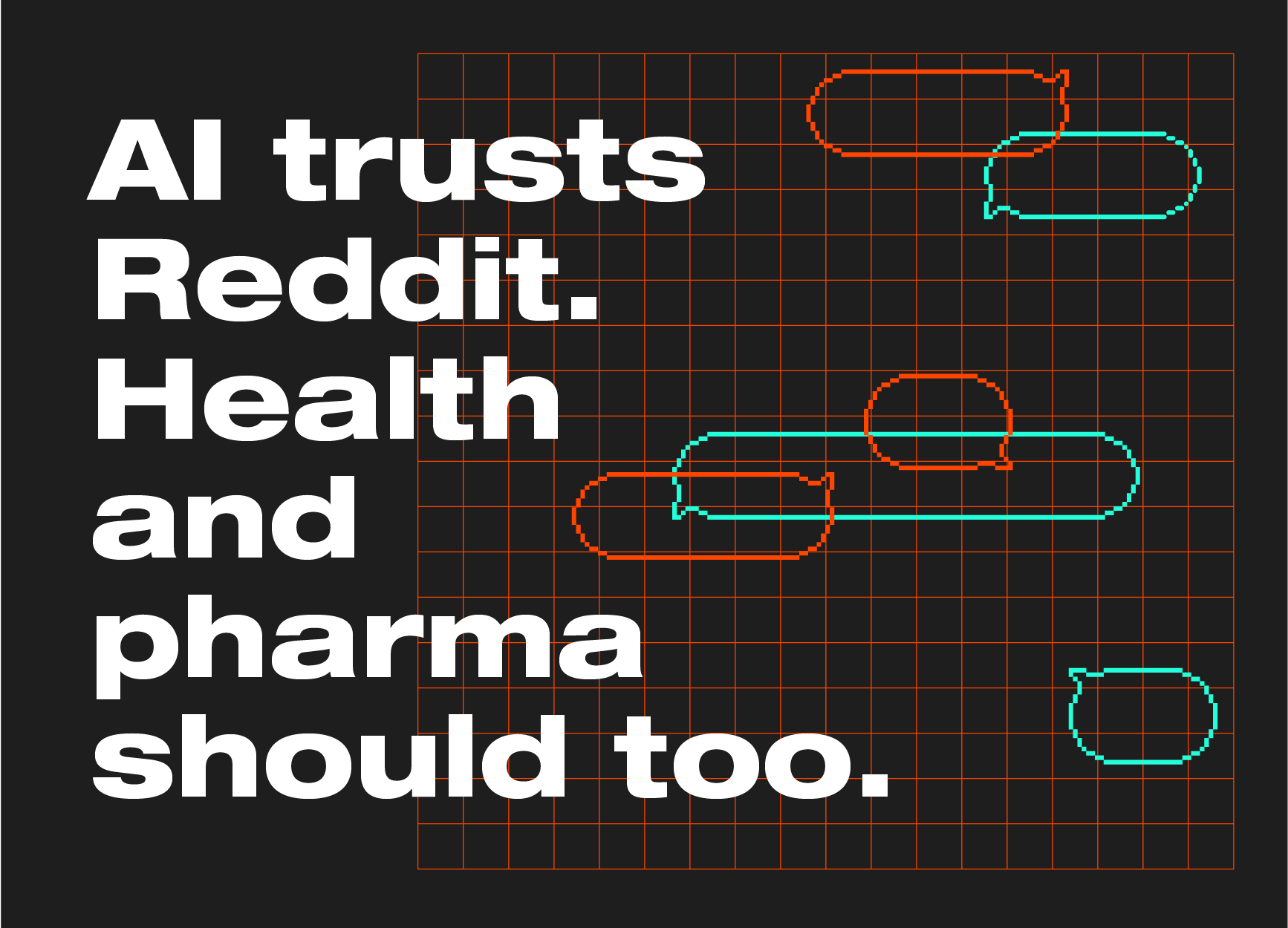Can’t wait, won’t wait: how out-of-pocket health is changing consumer behaviour
According to the Office of National Statistics, 90% of the UK has no private health insurance, making them wholly reliant on the NHS or, alternatively, paying for their health out of their own pockets. Out-of-pocket – OOP or self-pay as it’s commonly termed – as a percentage of overall health expenditure has been slowly but steadily on the increase for the past 20 years and accounted for roughly 12% of the total health pie at £34bn in 2021 (Office of National Statistics). One medical billing service suggests that the proportion of consultants’ income through self-pay has hit a new record, delivering over a third of billings in 2022, versus a quarter in 2012 (MBC Medical Billings & Collections Company). But, you know, they would say that: they’re offering a service that helps streamline private billing procedures, and frankly the data are patchy at best.
Nonetheless, a recent Mintel report suggests that self-pay is currently accounting for 37% of total private health spend, and anecdotally, self-pay is seeing some significant growth (Mintel Private Healthcare Report UK 2022). One surgeon I spoke to calculates his self-pay income in 2018-19 had accounted for 22% of billings, whereas today it is currently running at 39% (Langland proprietorial HCP interviews). Is this a post-pandemic double-bubble, or a trend? It’s currently impossible to separate out the bump over the last 12 months from the ‘unprecedented’ baseline of 2020 that saw a complete halt on non-urgent and elective case work. One somewhat over-excited forecaster predicts double digit growth in self-pay over the next three years, despite the cost-of-living crisis and most likely a UK, if not global, recession. They did simultaneously admit that the sector faces an uncertain trajectory (Laing Buisson Private Healthcare Self Pay UK report 2022).
Nonetheless, the UK has the fastest growing OOP health expenditure amongst the G7, and there is a single contributing factor that is not going away in a hurry: the NHS waiting list (Office of National Statistics, Laing Buisson Private Healthcare Self Pay UK report 2022). According to NHS data, a record 6.2 million people in England are on the waiting list for routine care, and this number may nearly treble over the next year (Office of National Statistics). Some people are facing waits of up to two years for elective surgeries or treatments. The private healthcare sector, like any other category, relies on consumer confidence to grow. Ironically it is the complete lack of consumer confidence in their own public health system that will aid that growth in the medium term, and if the NHS continues to be underfunded, the long term too. Exactly who will win this confidence paradox is unclear, but those waiting lists are not about to magically disappear, even with an unlikely massive injection of public funding. The Institute for Public Policy Research report The State of Health and Care 2022 predicts the beginning of the two-tier system in health, not dissimilar to dentistry or the UK education system which they say, has the potential to impact the overall health of the nation and undermine the ‘Universalise the Best’ principles of the NHS (IPPR/YouGov State of Health and Care report 2022).
Consumer behaviour is most certainly changing. Growth in OOP is being seen across all regions, including lower income areas such as Wales, the North and East. The shift is being driven by a number of audiences, each with very different cause and effect. Firstly, the older cohort with disposable incomes are, as we would expect, the primary audience driving growth in self-pay. Impatient and affluent, they can tap into savings left unspent during the pandemic and will continue to dominate the growing opt-out audience as they look to avoid the queues in diagnostics, equipment and electives such as orthopaedics or ophthalmology (Laing Buisson Private Healthcare Self Pay UK report 2022, Our World in Data).
Secondly there is a new, younger professional cohort who are native to always-on digital services, walk-in clinics and virtual doctors and are less wedded to the notion of free at point-of-care. It is this group who are most likely to shift the Overton Window in the long term and be open to technological and financial innovations in the public health system that have historically been political no-go areas (IPPR/YouGov State of Health and Care report 2022).
There is, however, a third audience appearing in clinics, those who the physicians can intuitively tell would not even consider self-pay were it not for the waiting lists, those who frankly can’t really afford the price tag but are desperate for help. What is most interesting to me amongst this group is some of the language coming through in clinic when they decide to take matters into their own hands. One orthopaedic surgeon told me that he and his colleagues are seeing a real sentiment of “life’s too short”, “what’s the money for any way?”, “you can’t take it with you” when they talk to their OOP patients (Langland proprietorial HCP interviews). Typically, this is the language of self-indulgence and pleasure principles, the kind of insights luxury goods and leisure brands delight in. The same mental gymnastics people employ to rationalise spending on holidays, home improvements or hedonism is being wholesale appropriated for hip replacements. In the era of two-year waiting lists “life’s too short for pain” is a compelling argument for self-pay.
The knock-on effect of this ideology is worth pondering on, as households feel the squeeze and re-prioritise spending, health – which is traditionally seen as recession-proof – will start biting chunks out of other sectors for share of wallet. Ditching the Netflix subscription to get your sciatica sorted for most people is a no-brainer. The question for the forecasters is how long they can depend on these new Health-JAMs to help drive growth in OOP.
The shift to out-of-pocket is starting to influence business models. Manufacturers and health services are moving from selling medical brands to a niche audience of hospital specialists, to developing more mass market consumer offerings, requiring a significant change in their brand building and go-to-market models. A senior executive from a pharma industry trade body (one of the 35 experts on a ‘future of health’ panel we convened with Ipsos MORI in 2021), told us: “The majority of companies have built their businesses around the public purse… What we are beginning to see is an increasing amount of self-payment for people who have gone out and acquired those products and services themselves.” The panellist went on to say: “As a result, the branding element is going to be more important than it ever was before. When you’re in the public sector branding is important within the professionals and clinicians… When you move into the general public arena then branding and market presentation become much more important in the overall [marketing] mix.”
For those patients left behind, with no choice but to sit and wait, the outlook is grim. The gravitational pull of poor health eats families like a black hole. Workdays lost, reduced income, impact on mental health, loss of independence, children and partners dragged into carer roles puts increased pressure on households and chips away at UK productivity and most importantly of all, the health outcomes of the nation. Self-pay is not going away, but then neither is the need for a functioning public health system.




